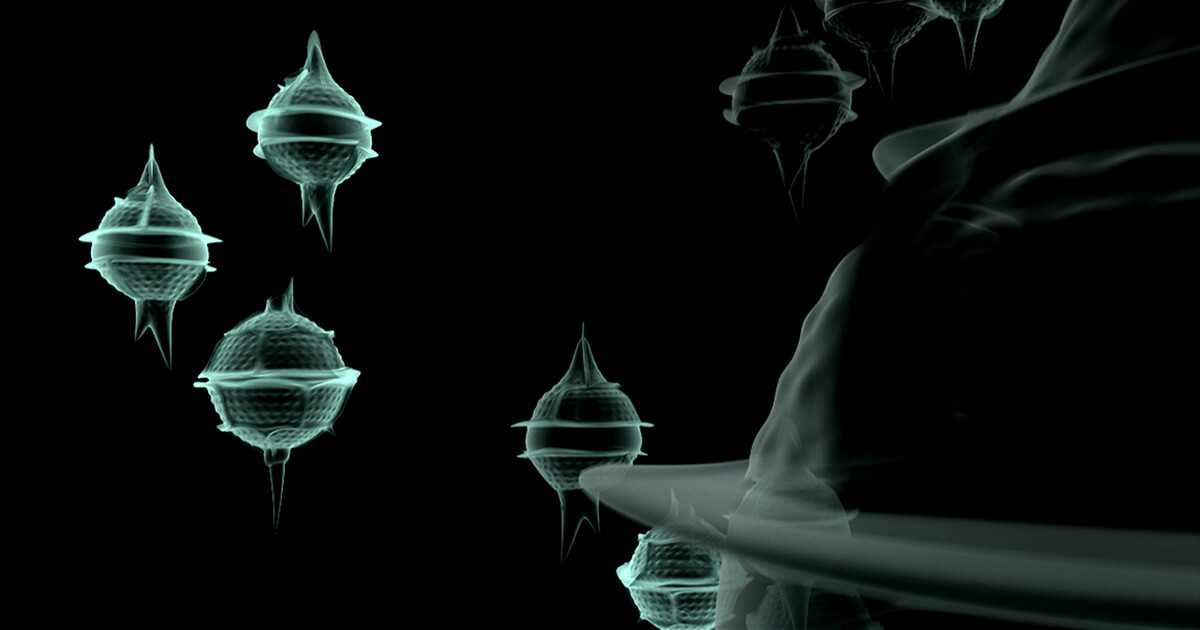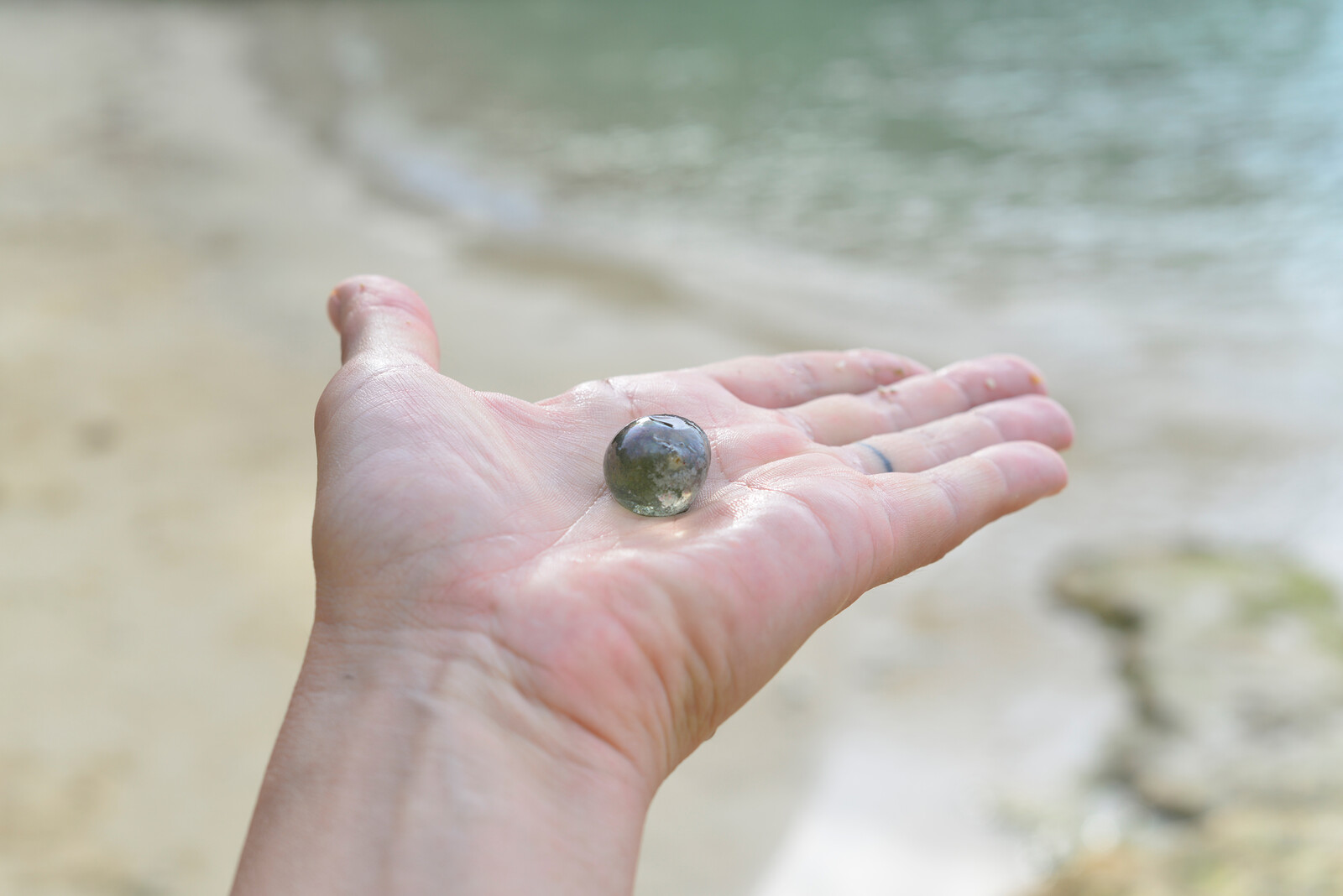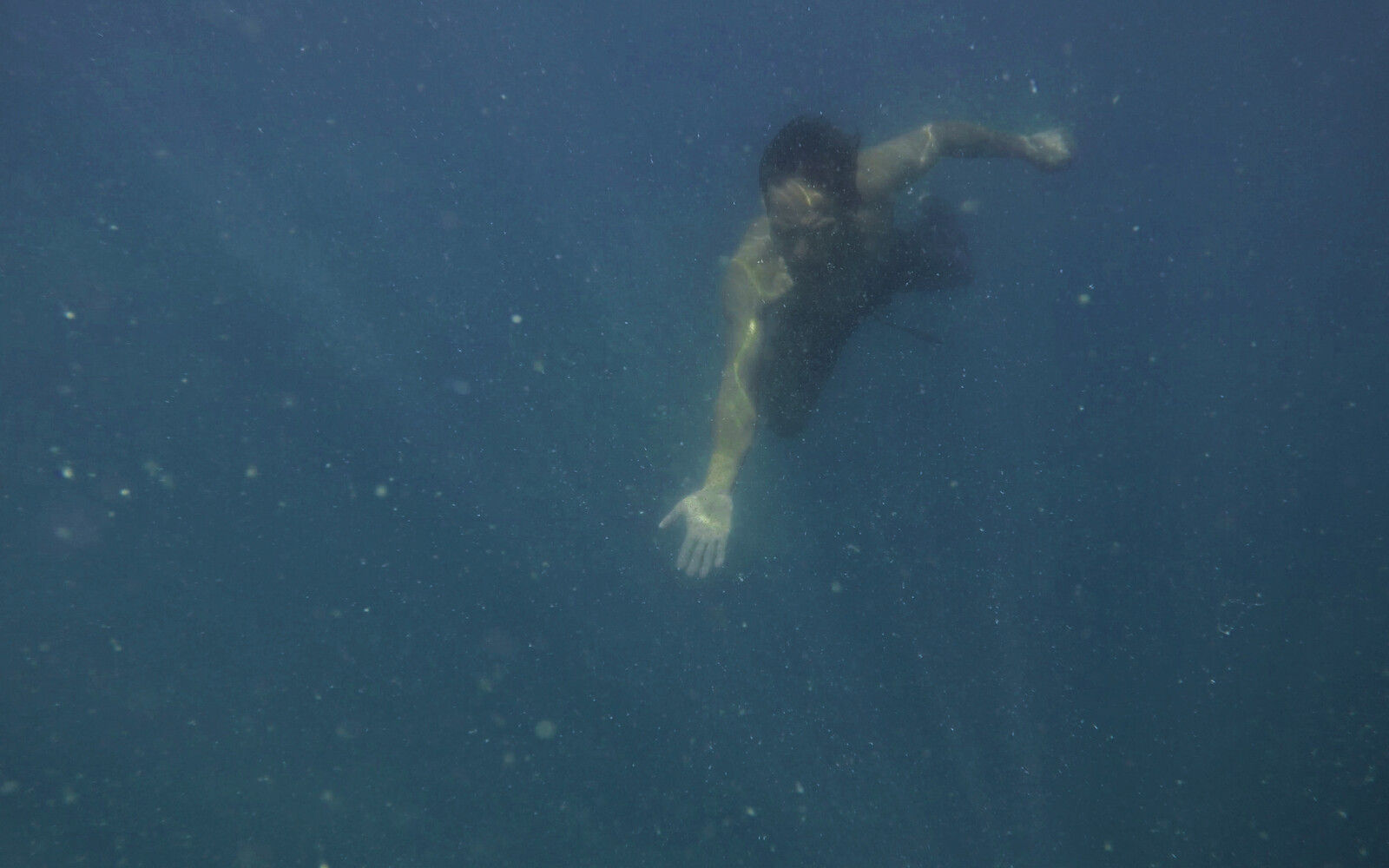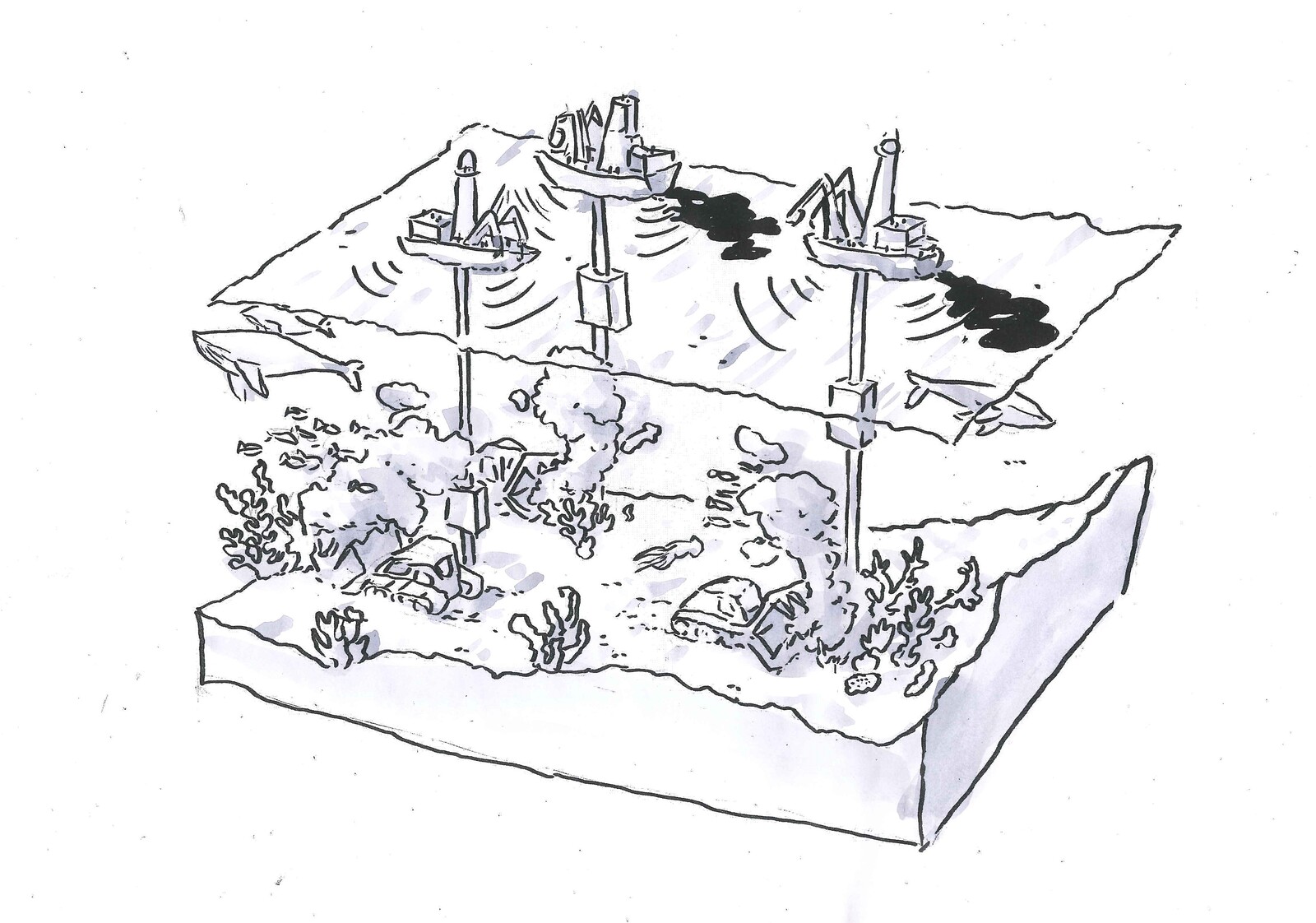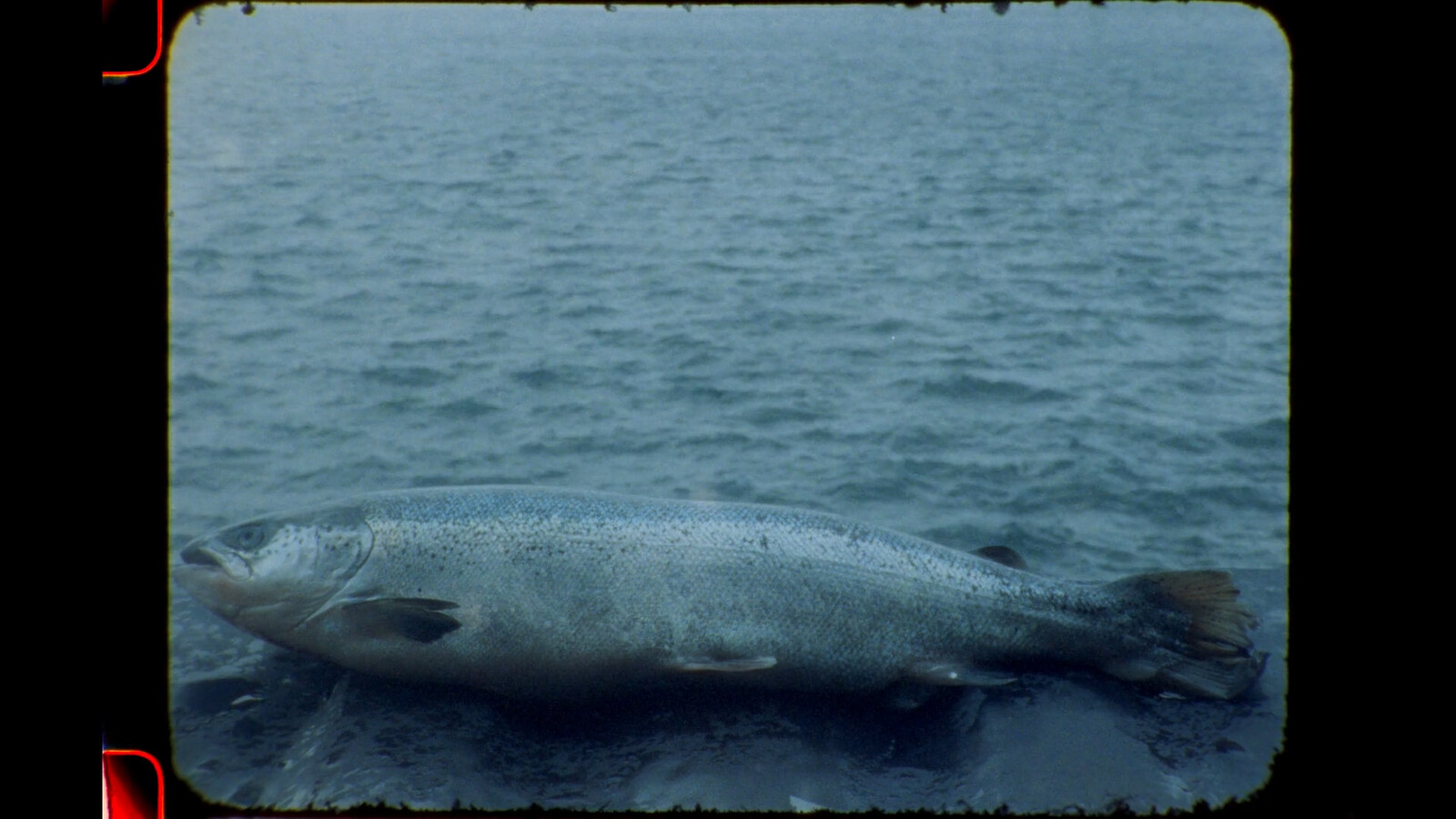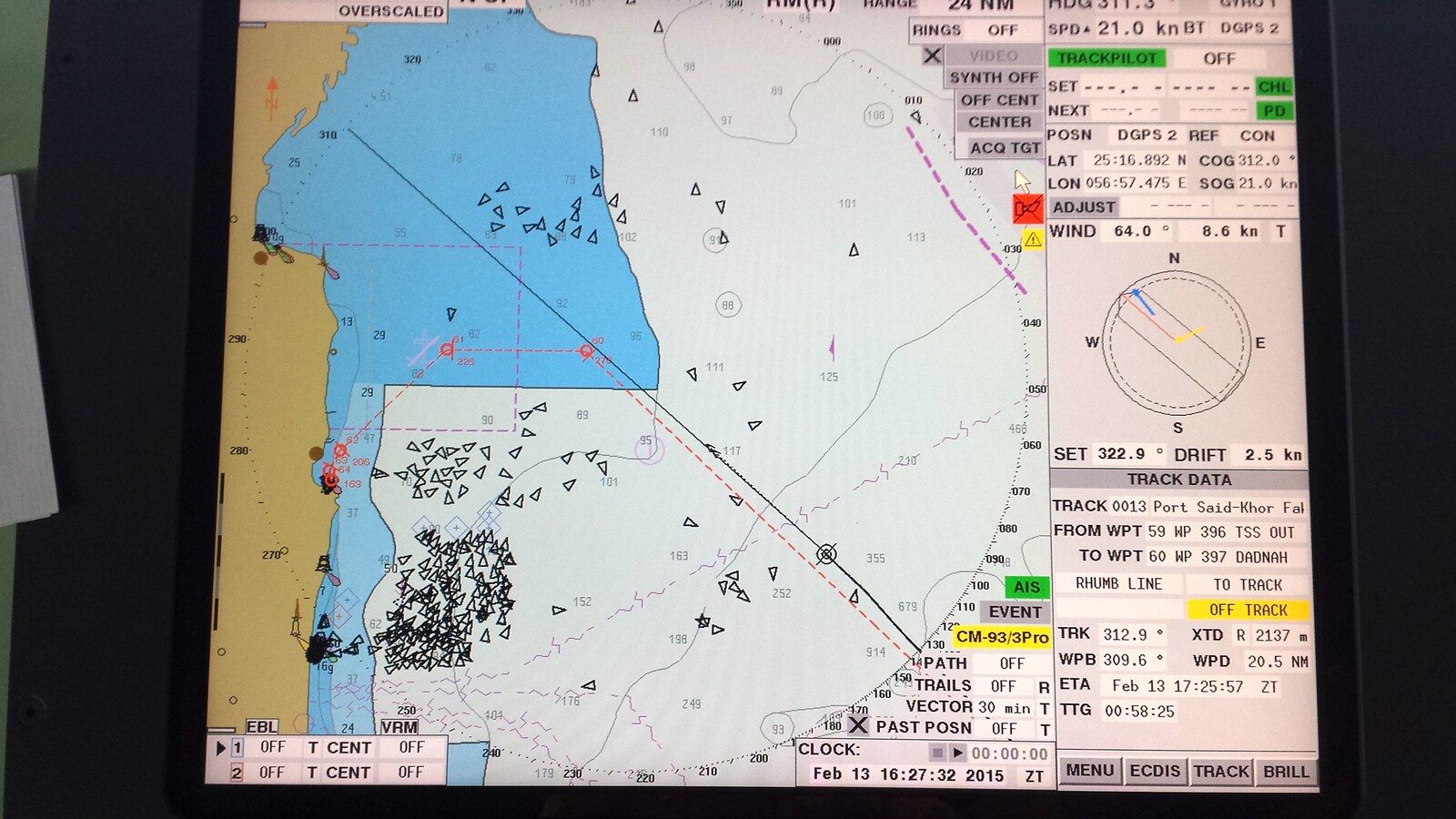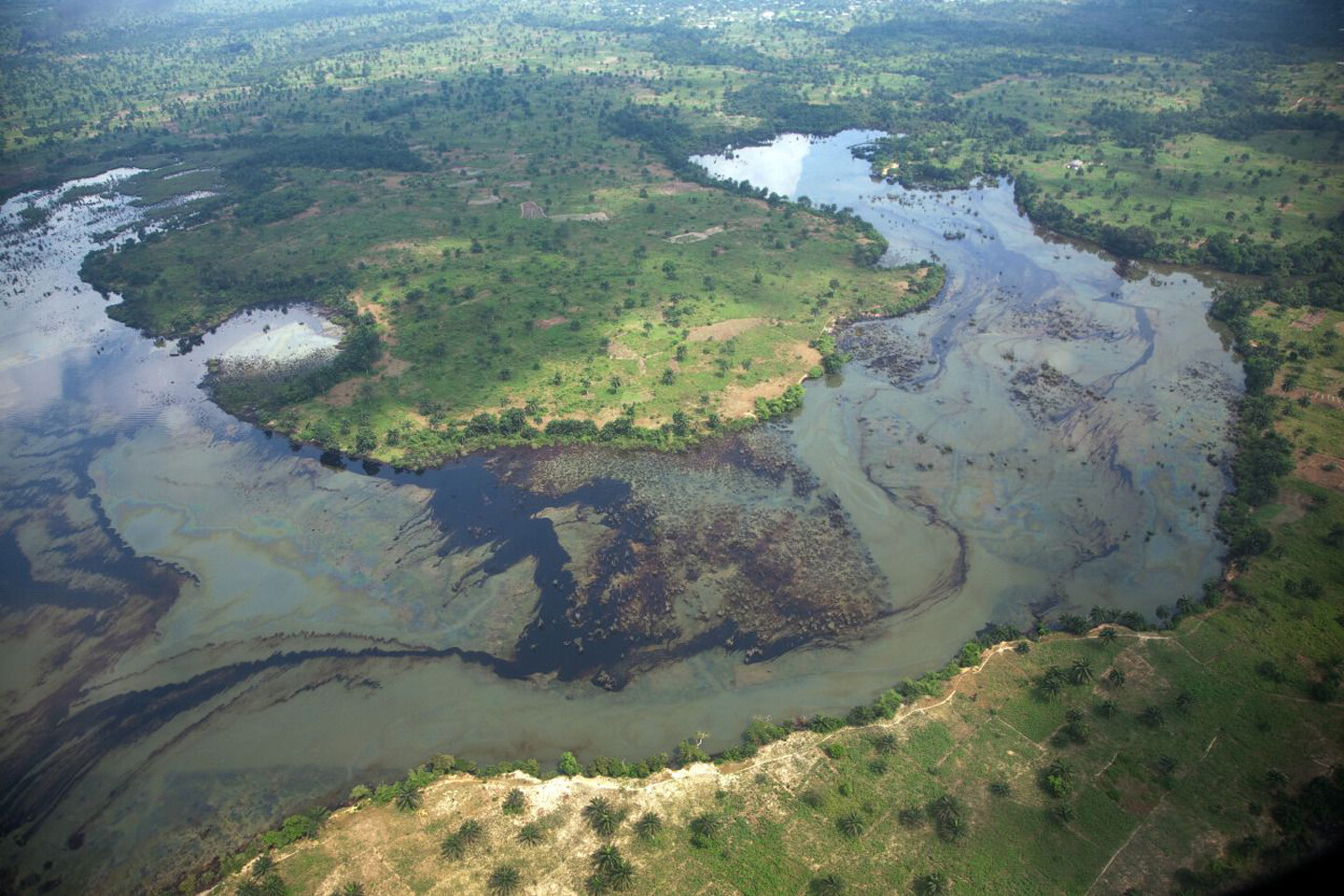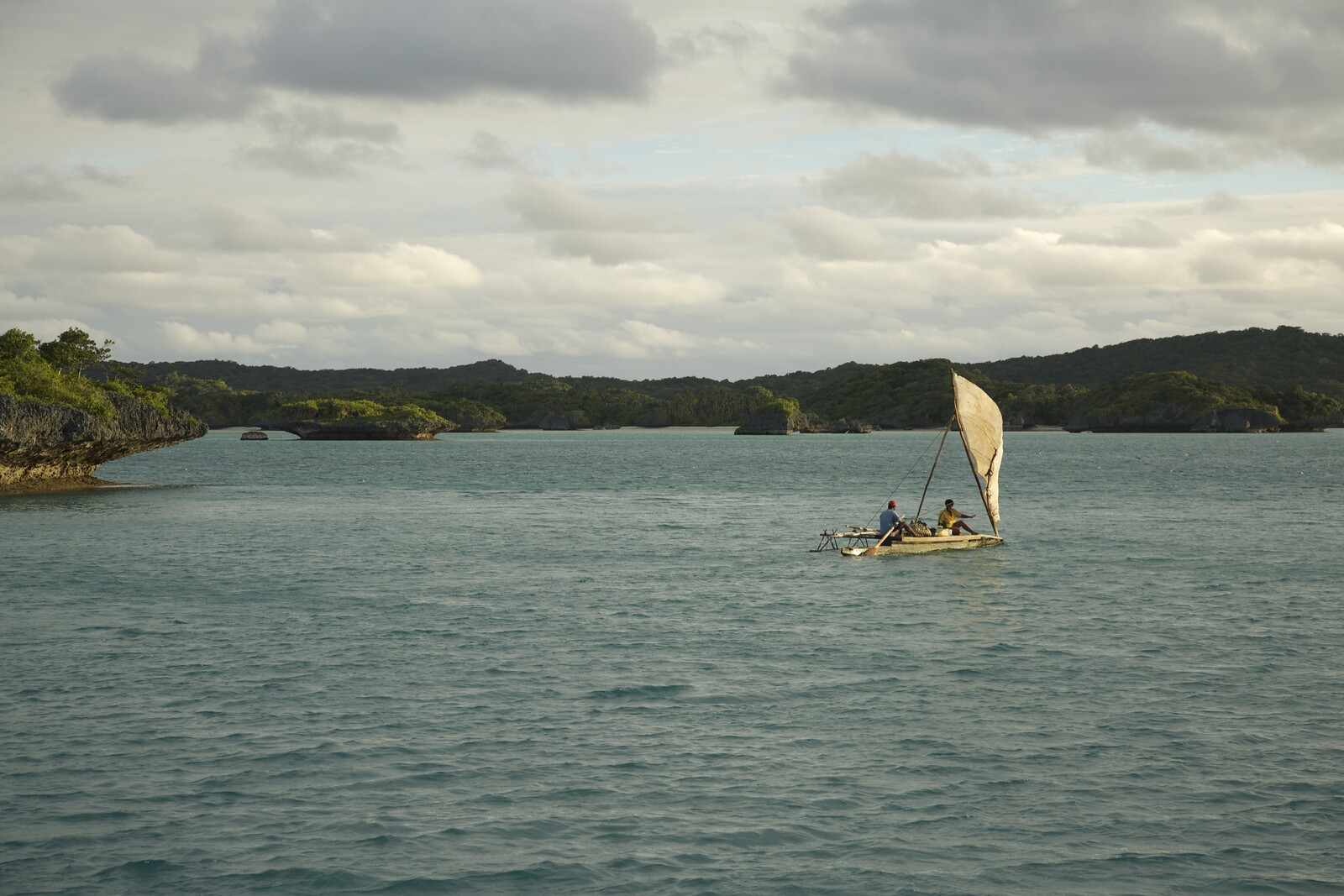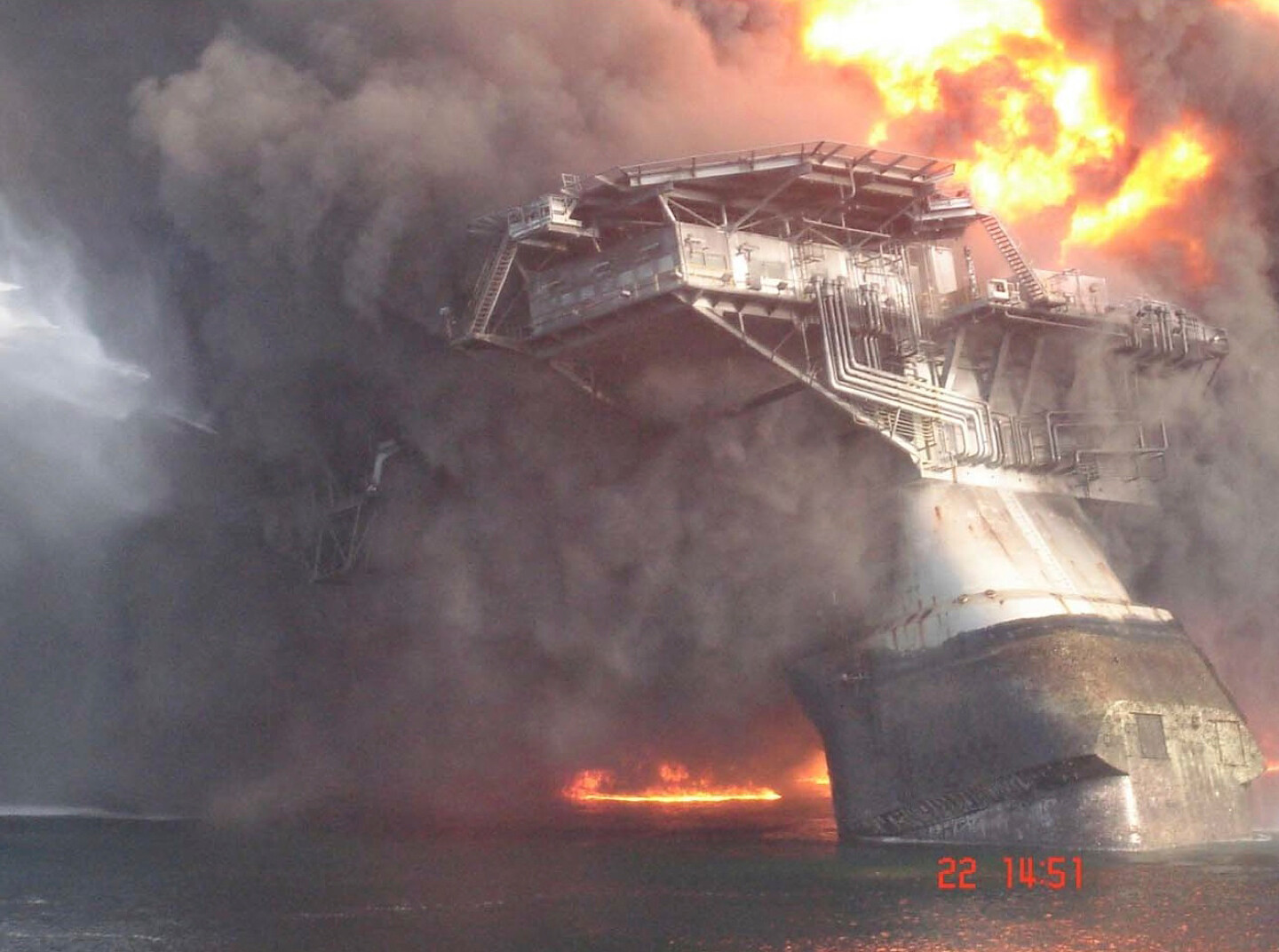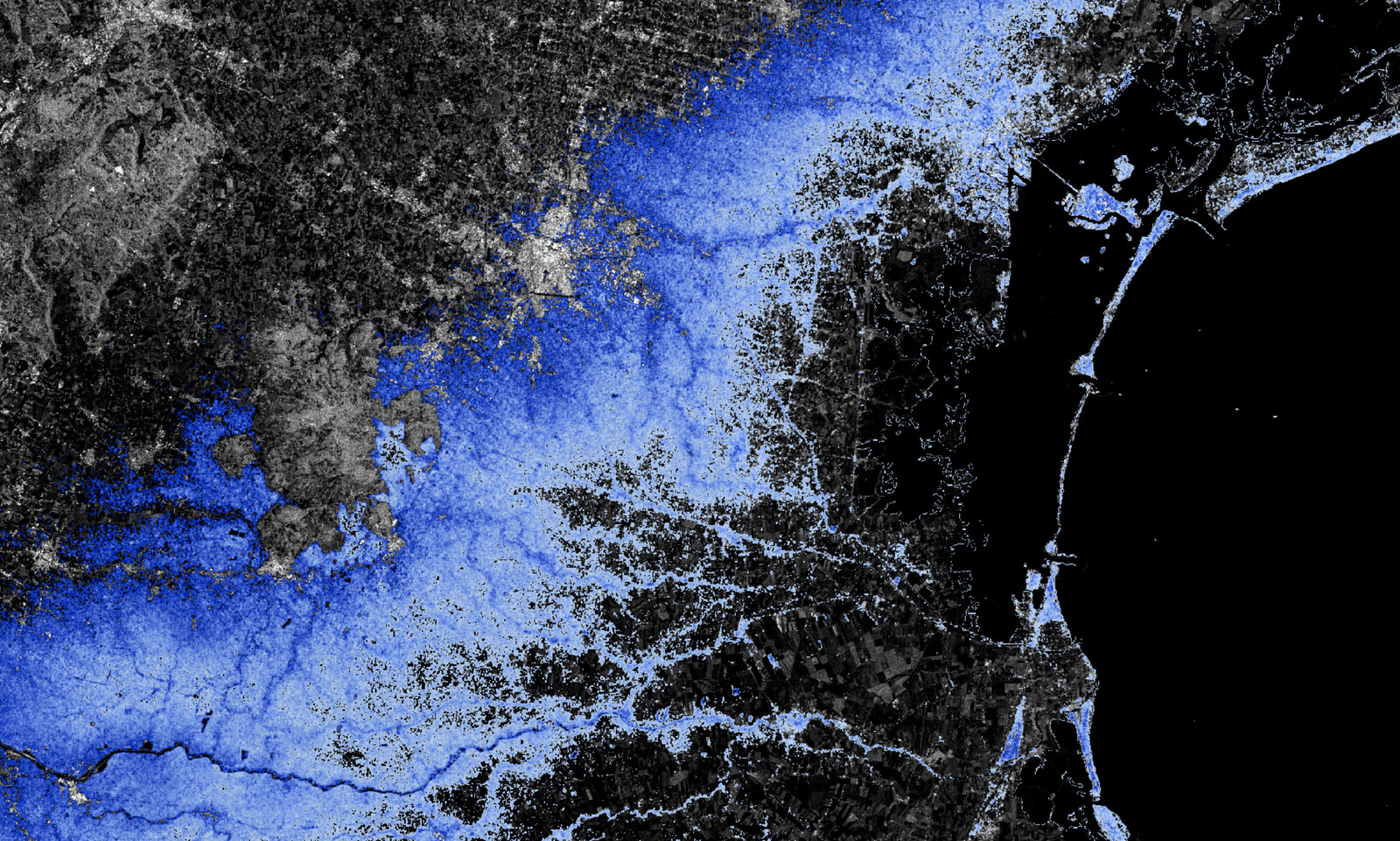The Weather
As an embodied experience and agentic force, weather moves, scars, imprints. Our armpits dampen in response to the heat; our jaws and tongues stiffen in the biting cold. Like hail-damaged rooftops and sun-bleached laundry, our bodies bear the impressions of the weather-world. We could say that weather is the external conditions that structure one’s quotidian existence; this existence is felt in and as our bodies. Weather has a verbal form.1
But is weather only a meteorological phenomenon? What else swirls in/as the weather world to mark us, to structure our quotidian lives? Black studies and feminist scholar Christina Sharpe suggests that weather is anti-blackness; black bodies must endure “the total climate” that is antiblackness.2 She writes, “In what I am calling the weather, antiblackness is pervasive as climate.”3 Sharpe’s chapter “The Weather” from her 2016 book In the Wake specifically references the Middle Passage and black slavery in the U.S., as well as its contemporary manifestations (such as black deaths in custody and police killings of black and other racialized people), but her point is that this climate cannot be reduced to an event or a set of events; Sharpe’s quarry is instead “the totality of the environments in which we struggle; the machines in which we live; what I am calling the weather.”4 Weather is context and milieu—both pervasive and often unnoticed—with which human bodies must contend.
There may be a temptation to read Sharpe’s work as metaphor or analogy (antiblackness is like bad weather). Yet, definitively separating social and cultural conditions from environmental ones is impossible. The milieus with which our bodies contend are material, comprising particles, gases, forces, pressures, contaminants, and other matters; meteorological conditions are but one manifestation of these external structuring conditions.
When Sharpe asserts that the weather of antiblackness manifests as “archives of breathlessness,” she implicates matters discursive, structural, material, and environmental. Sharpe points out that breathlessness as weather has always accompanied black life, from Frantz Fanon’s understanding of the connection between revolt and an inability to breathe, to Eric Garner’s final words on a New York sidewalk: “I can’t breathe.” This critical understanding of weather and breath connects to other scholars’ discussions of phenomena such as “settler atmospherics” and “socio-atmospherics of power.”5 Here, racism and colonialism are understood not (only) as discursive constructs, but as material phenomena that imprint on bodies (like all weather). We are reminded that air quality is a question of environmental justice, and that the weaponization of air and breath targets certain populations differentially within settler capitalist white supremacies. As Timothy Choy writes, “atmospheres do not equalize, and … breathing together rarely means breathing the same.”6 An important point about these weathers is not only that they are experienced as environmental and socio-cultural, but that they are—like climate change in the purely climatological sense—always also anthropogenic. Anti-blackness as the total climate and other socio-atmospherics of power are made by molecular mixes in matters that enter mouths, lungs, and blood, but they are also made by human bodies that channel power and violence into the air. The weather is neither incidental, nor accidental; it is an intra-active, naturalcultural phenomenon.
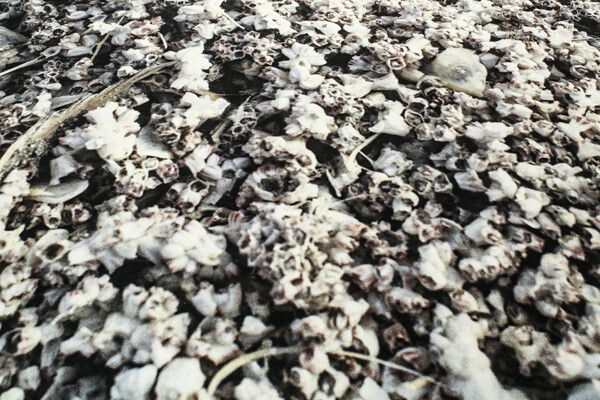

Susanne M. Winterling, untitled (carpet ecocide bombay beach), 2017, digital print on velour. Courtesy the artist. Photo: Anneli von Klitzing.
The Breathless Sea
Yet even in our different experiences thereof, the weather imaginary for most humans likely begins at ground level and extends some meters upward. Weather is what and how we live (in ways that profoundly make up who counts as one’s “we”), but also where we live. In other words, for terrestrial landlubbing mammals such as ourselves—flightless, finless, mostly bipedal, and oxygen-breathing—weather tends to be constrained in a rather narrow zone of inhabitability; weather seems to be primarily (in) the air that we breathe.
What happens if we go deeper? After all, Sharpe’s In the Wake is also a book about the sea. It examines the maritime crossings of the Middle Passage—the hold of those slave ships, the bodies of slaves discarded into the sea, refugee crossings and forensic oceanographic evidence of, again, a sea asked to hold onto violence and death. Considering Sharpe’s attention to the sea as a different kind of milieu, we might ask: In what ways is the ocean also an “archive of breathlessness”? Does weathermaking and its socio-atmospherics of power extend beyond our immediate habitat and sink into the sea?
From a more-than-human perspective, the answer to this question is clear. Even as terrestrial weathers heat up, they are spared even more intense effects of rising temperatures as the seas relieve them from a large portion of this burden. The watery world is a convenient resting place for all that heat, and the oceans are getting warmer. But rising ocean temperatures mean that the sea is also slowly suffocating. While in the last fifty years overall oxygen levels in the world’s oceans have dropped by an average of two percent, in coastal zones, hypoxic conditions have increased far more dramatically. Dead zones in the ocean, where oxygen is almost or totally depleted, have quadrupled since the 1950s.
Even small changes in sea temperatures dramatically affect the behavior, reproductive patterns, and movements of ocean creatures, which has reverberations up and down ocean food webs, affecting oxygen levels in turn. For phytoplankton, hotter water temperatures mean moving to different habitats, becoming smaller, affecting their ability to soak up the carbon we are pumping out. As the oceans grow warmer, the capacity of the deep to draw down carbon also decreases. Simply put: in multiple and reinforcing ways, all our greenhouse-gassed and fossil-fueled desires are starting to take up all the oxygen in that watery room. We are weathermakers, even in the places our bodies do not and cannot belong.
This might be ironic if not so devastating: even as we may still imagine the oceans an unfathomable elsewhere—the convenient dump for out-of-sight, out-of-mind discards, and the ultimate away-washer of all of our sins—our weathermaking returns to us in multiple ways. Ocean photosynthesizers gift to humans every second breath we take, meaning that human air-breathers such as ourselves will also be profoundly affected by the suffocation of the seas. We are making the ocean breathless, and in turn deoxygenating ourselves.
The Weather Underwater
The breathless sea reminds us, then, that care and justice must gather up all bodies—not only human ones, but more-than-human aquatic life, too. Climate justice is radically extended to a multispecies justice of the deep, where the life of ocean waters is itself at stake. But must we not also ask: what is lost when the words “I can’t breathe” slip, almost unnoticed, off the body of Eric Garner to be washed into the ocean, now eddying around the bodies of phytoplankton, brachyuran crab, or a bivalve mollusk? Grappling with the weather underwater cannot be the simple inflation of categories, such as weather, or climate, or justice. We must remain alert to how differences morph, connect, and come to matter, differently.
For in the wake, and sinking to the sea floor, what we will discover are not only Spam cans and car tires, chemical traces and carbon takeovers, but also the afterlife of the Middle Passage—the undersea of anti-blackness and white supremacy. Sharpe points out that black slaves who did not complete the crossing, whose bodies (deemed excessive, ill, unprofitable) were thrown overboard into the Atlantic, are still present: “[B]ecause nutrients cycle through the ocean (the process of organisms eating organisms is the cycling of nutrients through the ocean), the atoms of those people who were thrown overboard are out there in the ocean even today.”7 In and as the bodies of other benthic beings, they are still in the wake.
Sharpe does not explicitly discuss this transubstantiating undersea afterlife as weather, but her work invites us to consider the relation of these dissolutions to the anthropogenic suffocation of the sea. For example, she notes that “the amount of time it takes for a substance to enter the ocean and then leave the ocean is called residence time,” and the sodium content in human blood suggests it could have a residence time of 260 million years. She continues: “And what happens to the energy that is produced in the waters? It continues cycling like atoms in residence time. We, Black people, exist in the residence time of the wake.” Quoting Toni Morrison’s Beloved, Sharpe points out that this is a time “in which ‘everything is now. It is all now.’”8
While “around 90 to 95 percent of the tissues of things that are eaten in the water column get recycled,” the speeds and slownesses of these cycles are also determined by the chemical compositions of the matters at stake, and the elemental milieu of the sea.9 But as the oxygen content in the sea shifts, tethered to changes in temperatures, salinity, chemical composition, current patterns, animal movements, and species distribution, what will happen to this residence time? This is to say: the breathless sea will surely have material impact on the lives it holds, but how will an increasing inability to breathe also affect the residual persistence of matters—the weather that is anti-blackness—that we must not forget? In a breathless ocean, what will happen to the time of sea, and its capacity to hold these histories? Will everything still be “now”?
We cannot properly anticipate the effects of any such dissolutions. But we know these things are not unconnected. Understanding weather as also making the breathless sea demands reckoning with the ways in which carefully tended relations between humans and earthly, animal, and aquatic matters have long been ruptured; in this sense, “the Anthropocene” is nothing new. As feminist antiracist scholar Katherine Yusoff puts it, while “the Anthropocene might seem to offer a dystopic future that laments the end of the world… imperialism and ongoing (settler) colonialisms have been ending worlds for as long as they have been in existence.”10
But as we carefully unpick how the weather of anti-blackness—both historical and ongoing—is always tethered to the collapse of human-planetary relations, we must also refuse the equivalence of violences. Dinoflagellates are not like a black body. Analogies and equivalences are their own kind of violence, perpetuating the invisibility and pervasiveness of weather as anti-blackness. We must connect these weather systems in their common alibis of force and power, while remaining attentive to scales of mattering whose objective measures of analogy and quantitative comparison have also been dissolved in the strange material admixtures of the sea.
A singular life, a racialized structural lifeworld, the microclimate of one species, the whole ocean: Who is to say what matters more, or less?
The “weathering hypothesis” was suggested by Arline Geronimus to connect the socio-cultural experiences of black women in the US to health indicators, and has important roots in numerous black feminist projects. See Arline Geronimus et al, “‘Weathering’ and age-patterns of allostatic load scores among Blacks and Whites in the United States,” American Journal of Public Health 95, no. 5 (May 20016): 826–833. For more on “weathering” see also Astrida Neimanis and Rachel Loewen-Walker, “Weathering: Climate Change and the ‘Thick Time’ of Transcorporeality,” Hypatia: Journal of Feminist Philosophy 29, no. 3 (October 2013): 558–575; and Astrida Neimanis and Jennider Mae Hamilton, “Weathering,” Feminist Review 118 (April 2018): 80–84.
Christina Sharpe, In the Wake: On Blackness and Being (Durham: Duke University Press, 2016), 104.
Ibid., 106.
Ibid., 111.
Kristen Simmons, “Settler Atmospherics.” Dispatches, Cultural Anthropology, November 20, 2017, ➝; Timothy Choy and Jerry Zee, “Condition—Suspension,” Cultural Anthropology, vol. 30 no. 2 (May 2015): 210–223.
Timothy Choy, “Distribution,” Theorizing the Contemporary, Cultural Anthropology, January 21, 2016, ➝.
Sharpe, 40.
Ibid., 41.
Ibid., 40
Kathryn Yusoff, A Billion Black Anthropocenes or None (Minneapolis: University of Minnesota Press), 11.
Oceans in Transformation is a collaboration between TBA21–Academy and e-flux Architecture within the context of the eponymous exhibition at Ocean Space in Venice by Territorial Agency and its manifestation on Ocean Archive.
Category
Subject
Oceans in Transformation is a collaboration between TBA21–Academy and e-flux Architecture within the context of the eponymous exhibition at Ocean Space in Venice by Territorial Agency and its manifestation on Ocean Archive.
